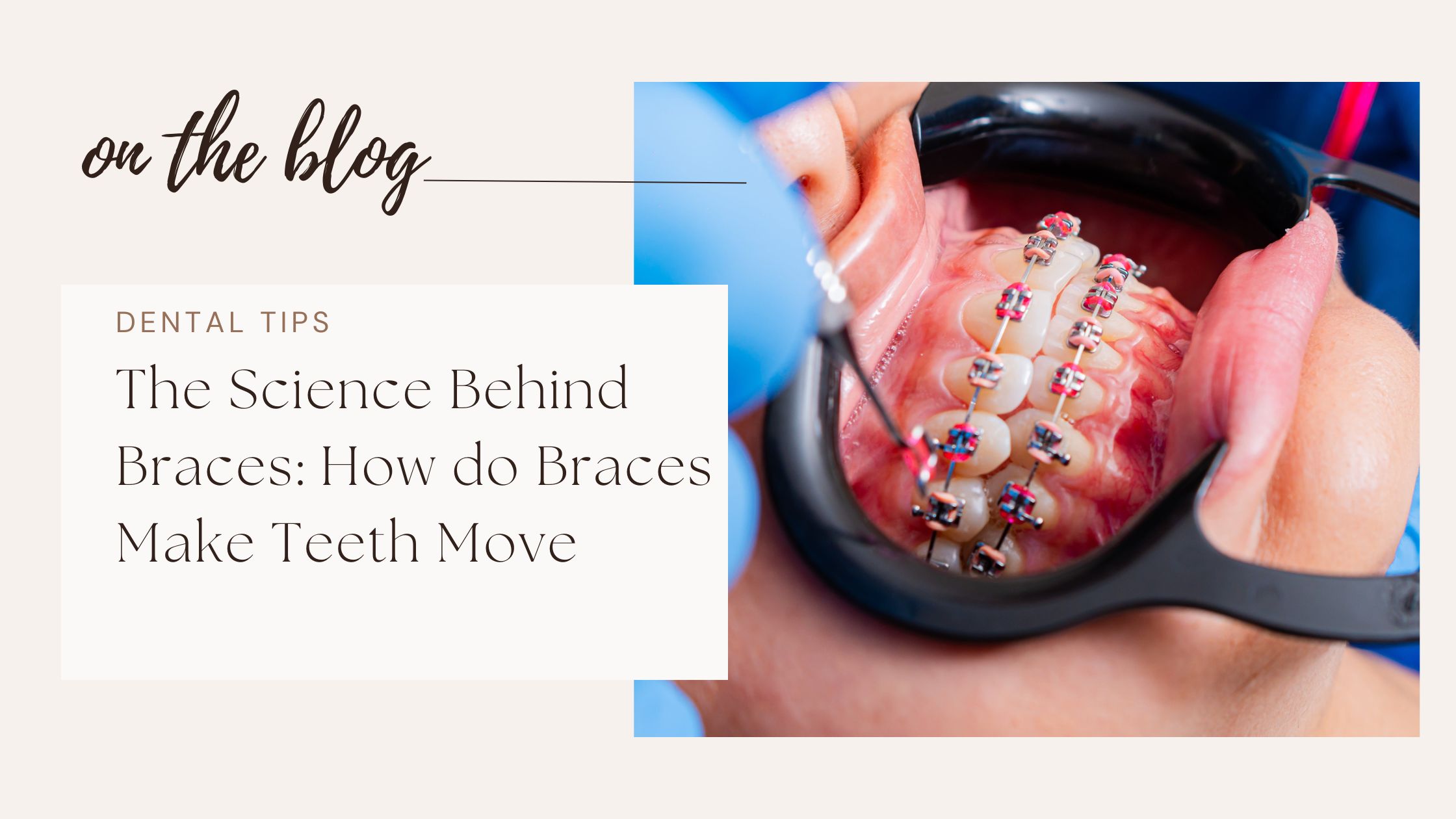
Braces are orthodontic appliances used to correct misaligned teeth, spacing, crowding and bite problems. They help improve your smile, function, and overall appearance.
There are several types of braces
These are traditional braces made up of high-grade stainless steel brackets and wires. They align the teeth by gently shifting them to the required position over a period of time.
Once brackets are bonded, patients need to be cautious about what they eat. Hard and sticky foods should be avoided, as they may break or loosen the brackets.
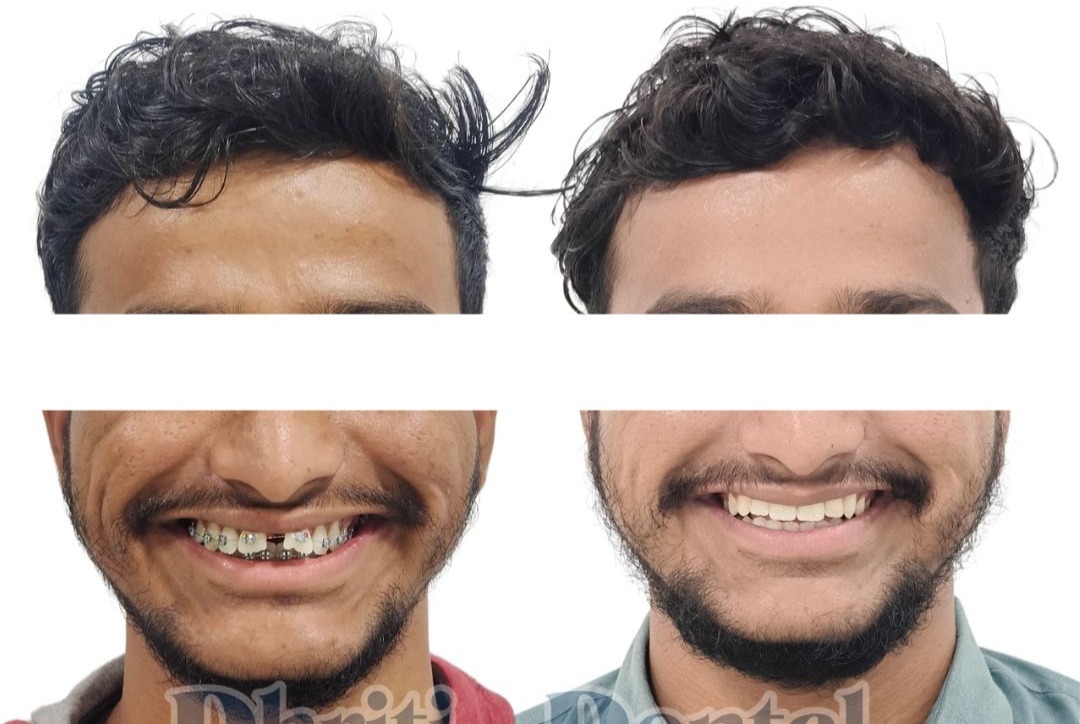
Ceramic braces are a popular alternative to metal braces. These tooth-colored brackets blend with the natural teeth, making them less noticeable and more aesthetic.
Ceramic braces are a little more expensive than traditional metal braces and may stain easily if proper oral hygiene is not maintained.
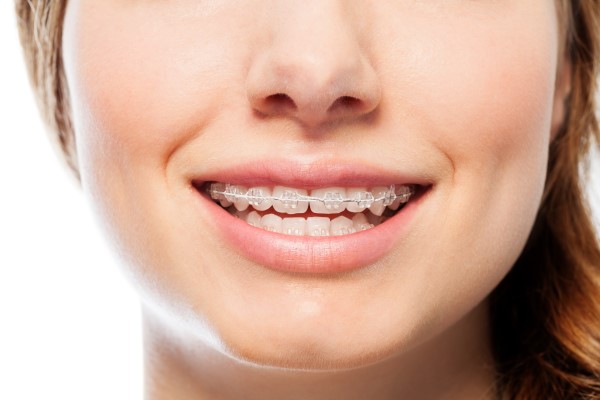
Lingual braces function the same way as metal braces but are bonded to the back (lingual) surface of the teeth, making them virtually invisible.
They are more difficult to clean and can be more uncomfortable, especially in the early stages of treatment.
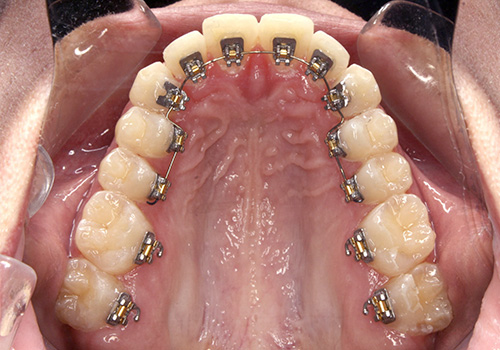
Aligners, often referred to as invisible braces, are an alternative to traditional braces. Instead of brackets and wires, they use a series of custom-made, clear plastic trays to gradually move teeth into position
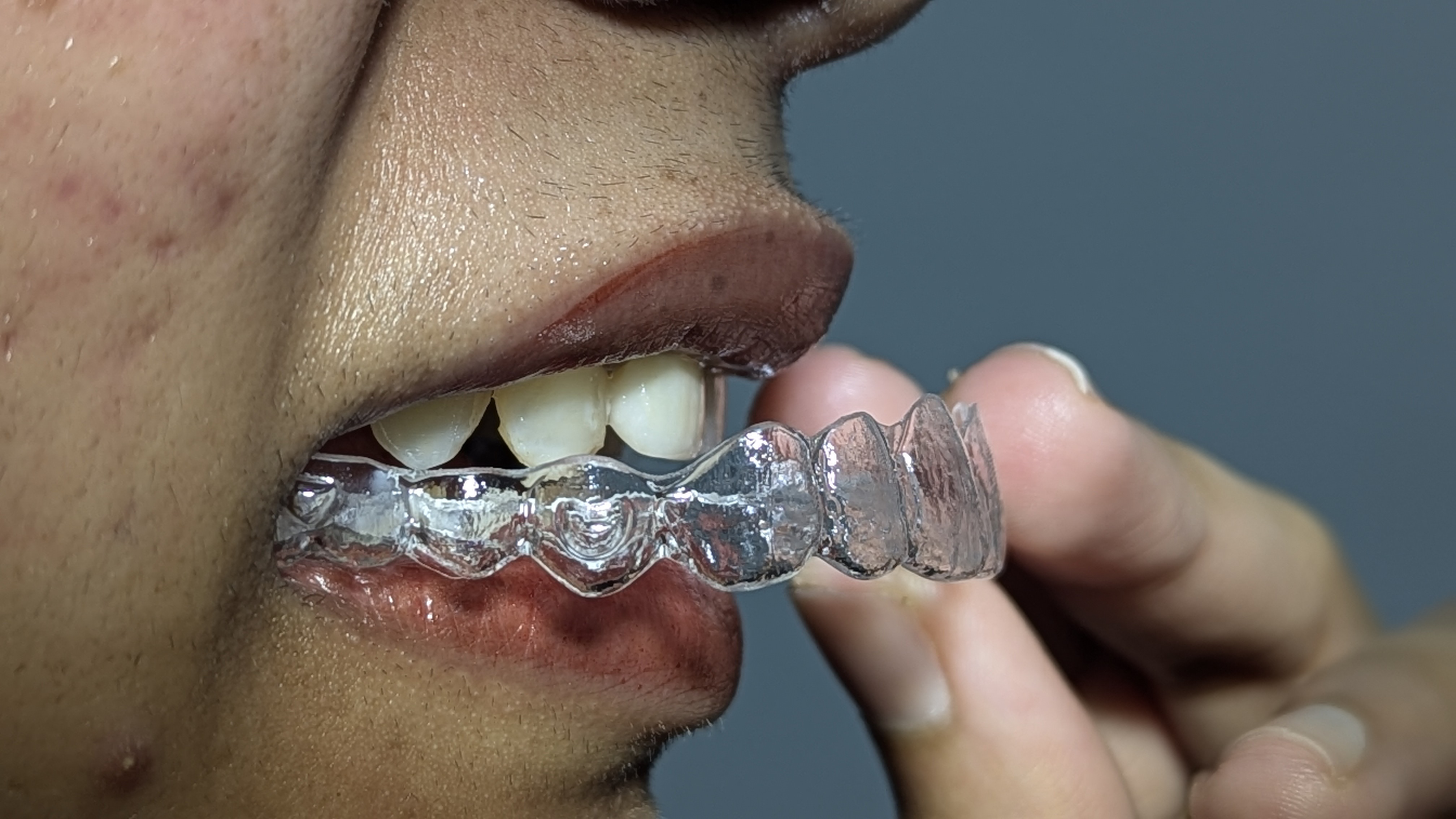
It is imperative to understand how teeth can move before we delve into how orthodontic treatment moves and aligns the teeth.
Teeth are anchored in the jawbone by the periodontal ligament, a fibrous connective tissue that attaches each tooth to the surrounding bone. While the bone and gingiva keep the teeth stable, the periodontal ligament allows slight, controlled movement in response to sustained pressure.
Braces work by harnessing precise, sustained forces that interact with the periodontal ligament and jawbone to initiate controlled tooth movement. This gentle pressure creates zones of compression and tension that trigger bone remodeling, allowing teeth to gradually shift.
Braces use precisely controlled pressure transmitted through the periodontal ligament (PDL) to initiate a biological response in surrounding tissues.
Braces work by applying constant, gentle pressure to the teeth. This pressure doesn't move the teeth directly but instead stimulates a biological response that causes the surrounding bone and ligament to remodel and adapt.
When force is applied to one side of the tooth it experiences compression, which causes resorption of the bone by the cells called osteoclasts.
The opposite side experiences tension, which results in bone formation by osteoblasts.
Orthodontic forces initiate a cascade of biological events that facilitate tooth movement through the remodeling of the periodontal ligament (PDL) and alveolar bone. These changes can be categorized into the following stages:
The pressure applied by the braces initiates a biological response known as bone remodelling. Two types of bone cells involved in this process. Osteoclasts cause bone resorption in areas under pressure and osteoblasts cause bone deposition in areas under tension. This dynamic process allows teeth to gradually shift into their new positions.
The periodontal ligament is a soft, connective tissue between the tooth and the bone and plays a critical role in this process. When force is applied, it triggers a cellular response that initiates bone remodeling. The ligament adapts to the applied force, allowing for stable and controlled tooth movement.
Braces not only enhance the appearance of your smile but also improve overall oral health. They help:
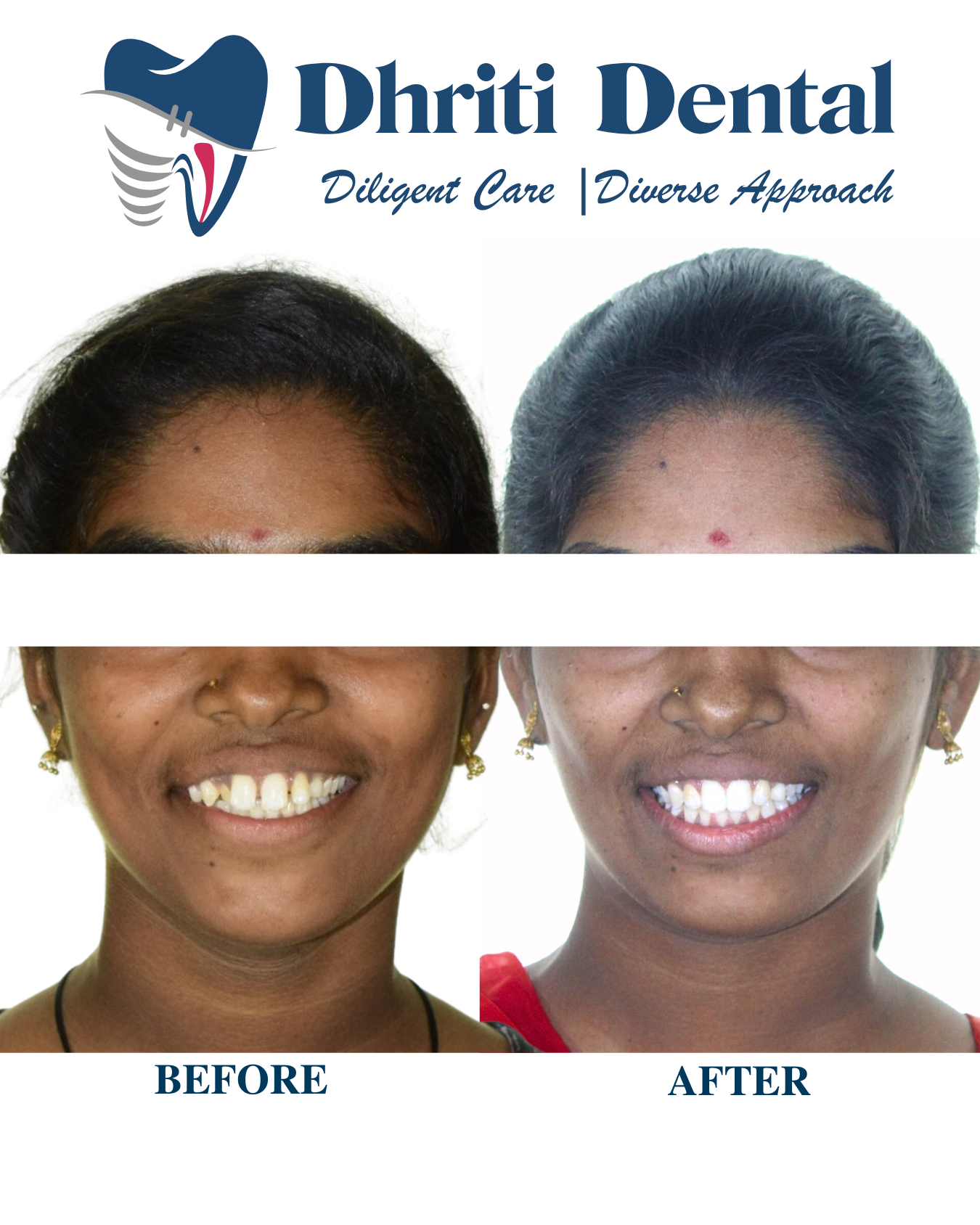
Looking to correct malaligned teeth and reinvent your smile? Learn more about our braces and aligners treatments and book your appointment with expert orthodontists at Dhriti Dental (Nallagandla and Manikonda) for a personalised treatment experience.
Teeth begin to move as soon as the braces are placed, but noticeable changes may take a few weeks or months. The speed of movement varies based on individual oral conditions and treatment goals.
You may experience mild discomfort or soreness during the initial phase of treatment or after adjustments. This is normal and usually subsides within a few days. The discomfort can be managed with over-the-counter pain relieving medicines or topical gels.